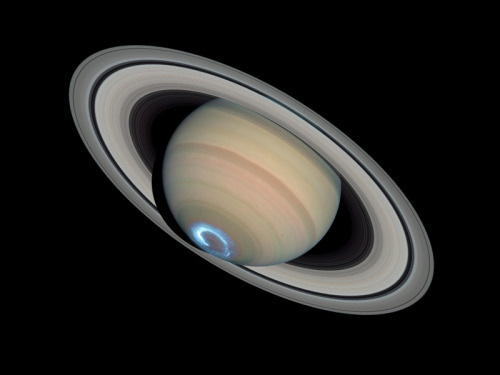So Much Of Fluid Dynamics Comes Down To Finding The Right Way To Observe A Flow. (Image Credit: Expedition

So much of fluid dynamics comes down to finding the right way to observe a flow. (Image credit: Expedition 59 Crew; via NASA Earth Observatory)
More Posts from Sidusglacies and Others

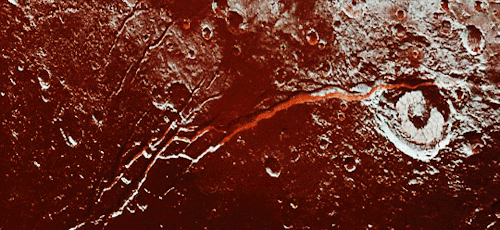
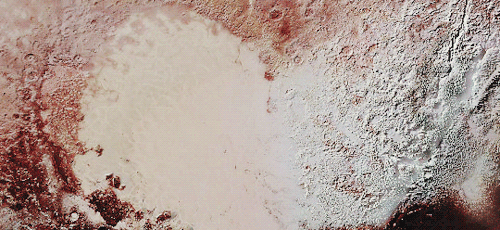
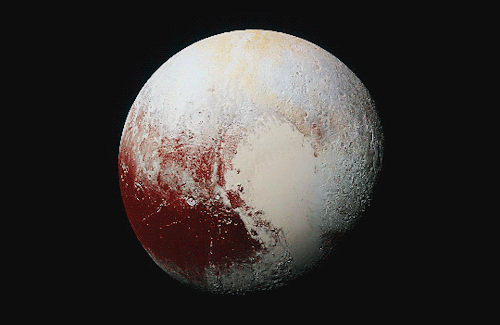
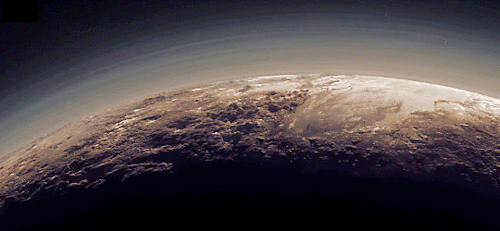
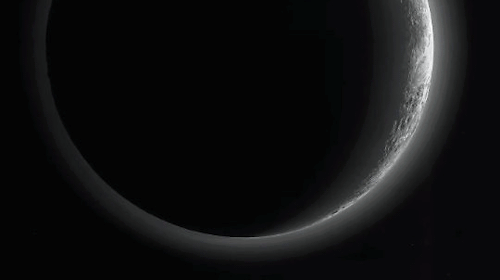
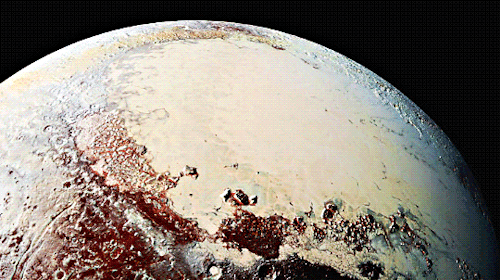
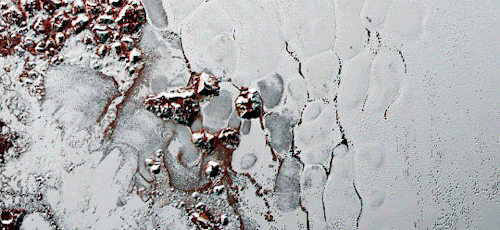

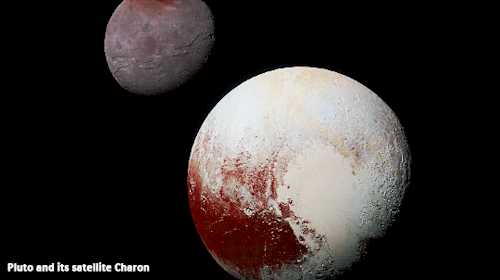
Pluto as seen from NASA’s New Horizons spacecraft ; Its heart-shaped sea is filled with poisonous ice.



ms. sky is always breathtaking
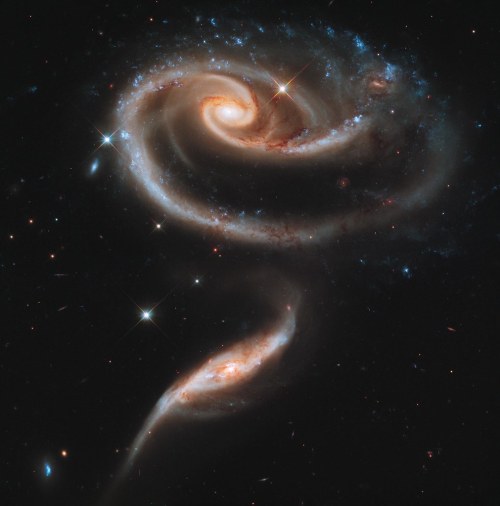
NASA’s Hubble Celebrates 21st Anniversary with “Rose” of Galaxies by NASA Goddard Photo and Video

What are Trans-Neptunian object?
A trans-Neptunian object (TNO), also written transneptunian object, is any minor planet or dwarf planet in the Solar System that orbits the Sun at a greater average distance than Neptune, which has a semi-major axis of 30.1 astronomical units (AU).
The first trans-Neptunian object to be discovered was Pluto in 1930. It took until 1992 to discover a second trans-Neptunian object orbiting the Sun directly, 15760 Albion. The most massive TNO known is Eris, followed by Pluto, Haumea, Makemake, and Gonggong. source
Fallstreak Holes

Occasionally clouds appear to have a hole in them; these are known as fallstreak holes or hole-punch clouds. (Image credit: J. Stevens/NASA; via NASA Earth Observatory) Read the full article
Huge news! Astronomers using the Hubble space telescope have discovered water in the atmosphere of an exoplanet in its star’s habitable zone. If confirmed, it will be the first time we’ve detected water—a critical ingredient for life as we know it—on an exoplanet. The water was detected as vapour in the atmosphere, but the temperature of the planet means it could sustain liquid water on its surface, if it’s rocky.
The planet is called K2-18b, and it’s about 110 light years away. The planet is much different than Earth. It’s a Super-Earth, and it’s twice as large as Earth, and about 8 times as massive. K2-18b is orbiting a red dwarf star, and it was first discovered in 2015 by the Kepler Space Telescope.
Dr. Angelos Tsiaras (UCL Centre for Space Exochemistry Data, CSED), said: “Finding water on a potentially habitable world other than Earth is incredibly exciting. K2-18b is not ‘Earth 2.0’ as it is significantly heavier and has a different atmospheric composition. However, it brings us closer to answering the fundamental question: Is the Earth unique?”
The team behind the discovery developed algorithms and ran archived Hubble data from 2016 and 2017 through them. They analyzed starlight from the red dwarf star as it passed through the exoplanet’s atmosphere. They discovered the molecular signature of water, as well as hydrogen and helium.
This discovery needs follow-up observations to confirm it. We also need better telescopes to study its atmosphere in greater detail, and the atmospheres of other exoplanets. Two telescopes on the horizon will tackle that job. The James Webb Space Telescope will have the powerful capability to examine the atmospheres of exoplanets, which is really the next step in understanding all of the exoplanets found by Kepler, and which will be found by TESS.
The ESA’s ARIEL (Atmospheric Remote-sensing Infrared Exoplanet Large-survey) mission will launch in 2028 and will study the atmospheres of about 1000 exoplanets in detail. ARIEL, along with the JWST, will give us a much better understanding of K2-12b and exoplanets like it.
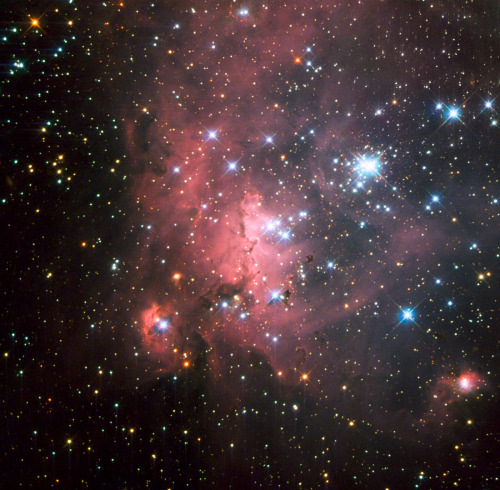
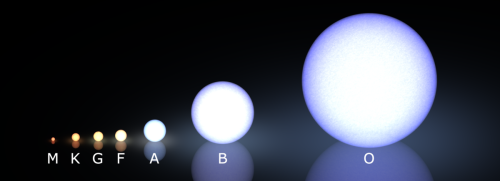

OB star
OB stars are hot, massive stars of spectral types O or early-type B that form in loosely organized groups called OB associations. They are short lived, and thus do not move very far from where they formed within their life. During their lifetime, they will emit much ultraviolet radiation. This radiation rapidly ionizes the surrounding interstellar gas of the giant molecular cloud, forming an H II region or Strömgren sphere. (source)












Space Age landscapes by planetary scientist William K. Hartmann.
-
 pumpkaboots liked this · 1 year ago
pumpkaboots liked this · 1 year ago -
 gelquie reblogged this · 1 year ago
gelquie reblogged this · 1 year ago -
 5lj162yq reblogged this · 2 years ago
5lj162yq reblogged this · 2 years ago -
 sidusglacies reblogged this · 4 years ago
sidusglacies reblogged this · 4 years ago -
 techjum reblogged this · 4 years ago
techjum reblogged this · 4 years ago -
 thomasbrisenio liked this · 5 years ago
thomasbrisenio liked this · 5 years ago -
 spycopoth liked this · 5 years ago
spycopoth liked this · 5 years ago -
 theherpyderp21-blog liked this · 5 years ago
theherpyderp21-blog liked this · 5 years ago -
 umblyun liked this · 5 years ago
umblyun liked this · 5 years ago -
 bashomailuniverse-blog liked this · 5 years ago
bashomailuniverse-blog liked this · 5 years ago -
 hereforthatgayrep liked this · 5 years ago
hereforthatgayrep liked this · 5 years ago -
 hvit-fjaer liked this · 5 years ago
hvit-fjaer liked this · 5 years ago -
 silentsingularity reblogged this · 5 years ago
silentsingularity reblogged this · 5 years ago -
 silentsingularity liked this · 5 years ago
silentsingularity liked this · 5 years ago -
 oelaila reblogged this · 5 years ago
oelaila reblogged this · 5 years ago -
 petrich0-r liked this · 5 years ago
petrich0-r liked this · 5 years ago -
 jks2677 liked this · 5 years ago
jks2677 liked this · 5 years ago -
 moon-of-ice reblogged this · 5 years ago
moon-of-ice reblogged this · 5 years ago -
 laughing-thrush reblogged this · 5 years ago
laughing-thrush reblogged this · 5 years ago -
 cthulhubert reblogged this · 5 years ago
cthulhubert reblogged this · 5 years ago -
 bekstek reblogged this · 5 years ago
bekstek reblogged this · 5 years ago -
 kuwaneko reblogged this · 5 years ago
kuwaneko reblogged this · 5 years ago -
 amishasrivastava-blog liked this · 5 years ago
amishasrivastava-blog liked this · 5 years ago -
 m00ndingochan liked this · 5 years ago
m00ndingochan liked this · 5 years ago -
 ironic-narcissism reblogged this · 5 years ago
ironic-narcissism reblogged this · 5 years ago -
 deep-aurora reblogged this · 5 years ago
deep-aurora reblogged this · 5 years ago -
 kittensforbrowncoats liked this · 5 years ago
kittensforbrowncoats liked this · 5 years ago -
 tmbird reblogged this · 5 years ago
tmbird reblogged this · 5 years ago -
 aussiesales-blog liked this · 5 years ago
aussiesales-blog liked this · 5 years ago -
 paleo--junkie reblogged this · 5 years ago
paleo--junkie reblogged this · 5 years ago -
 the-crafty-coyote liked this · 5 years ago
the-crafty-coyote liked this · 5 years ago -
 paleontologylife reblogged this · 5 years ago
paleontologylife reblogged this · 5 years ago -
 paleontologylife liked this · 5 years ago
paleontologylife liked this · 5 years ago -
 biosemiotica liked this · 5 years ago
biosemiotica liked this · 5 years ago -
 fatcigs reblogged this · 5 years ago
fatcigs reblogged this · 5 years ago -
 guidedbyamara liked this · 5 years ago
guidedbyamara liked this · 5 years ago -
 seafelize-blog liked this · 5 years ago
seafelize-blog liked this · 5 years ago -
 hennethgalad liked this · 5 years ago
hennethgalad liked this · 5 years ago -
 deathcomes4u reblogged this · 5 years ago
deathcomes4u reblogged this · 5 years ago -
 deathcomes4u liked this · 5 years ago
deathcomes4u liked this · 5 years ago -
 eka-mark liked this · 5 years ago
eka-mark liked this · 5 years ago -
 freyatumeh liked this · 5 years ago
freyatumeh liked this · 5 years ago -
 kuwaneko liked this · 5 years ago
kuwaneko liked this · 5 years ago -
 abstractbread liked this · 5 years ago
abstractbread liked this · 5 years ago -
 gelquie liked this · 5 years ago
gelquie liked this · 5 years ago -
 blanchesboy reblogged this · 5 years ago
blanchesboy reblogged this · 5 years ago
